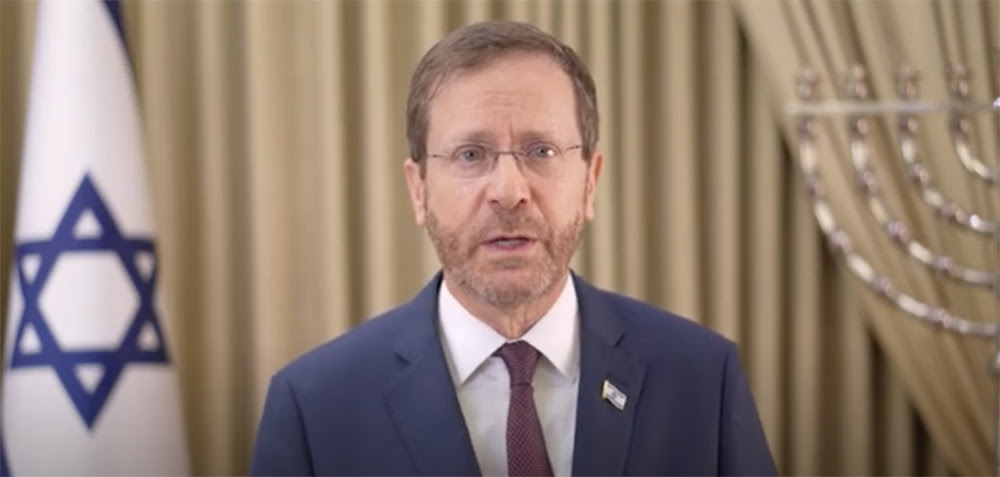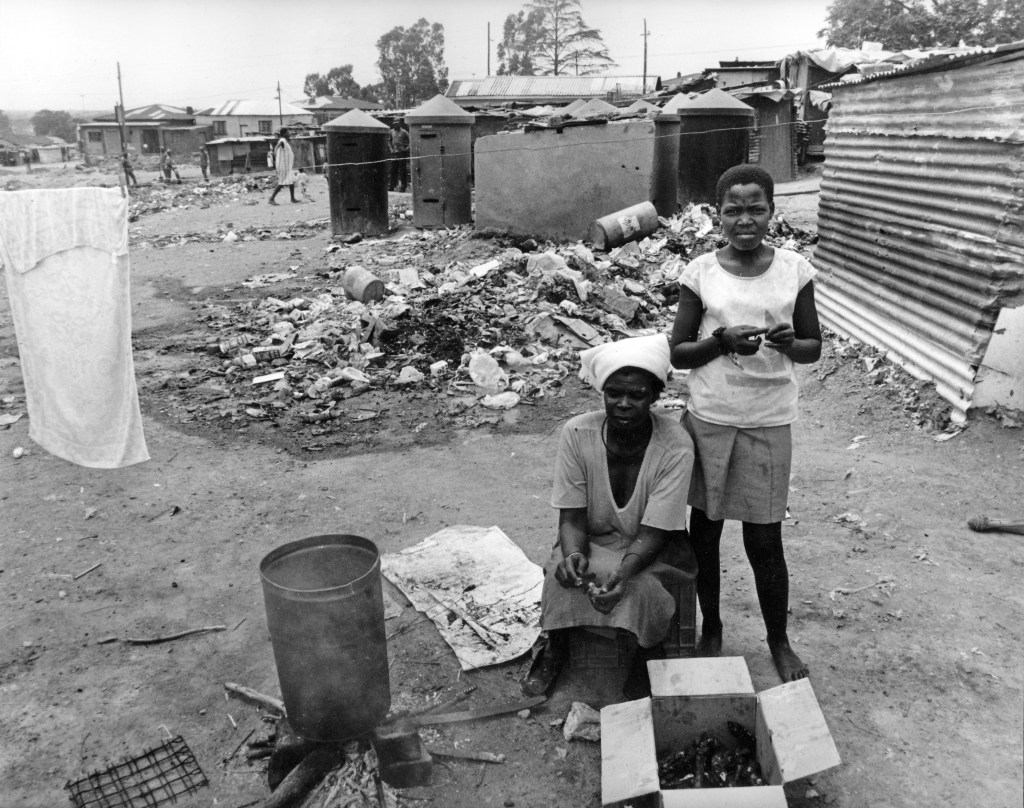Arab writers opining on Middle East issues, focus on the existential danger of Iran to the precarious futures of Lebanon and Yemen and factor in Israel and the Iran nuclear deal
Israel and the Nuclear Deal
By Tarek Fahmy
Al-Arabiya, Saudi Arabia, January 23
Israeli Prime Minister Naftali Bennett recently noted that Iran is at the top of the list of challenges to Israel, and that he is concerned about the ongoing Vienna negotiations that seek to revive the 2015 agreement.
This coincided with a renewed political rhetoric about the necessity of reaching an agreement that would prevent Iran from acquiring nuclear capabilities, in addition to imposing restrictions on its development of a ballistic missile system, preventing its entrenchment in Syria, stopping its weapons transfers to Hezbollah and Hamas, and curbing its involvement in regional terrorism.
If a new agreement doesn’t encapsulate and stop all of these activities, Israel would be prepared to roll out a military option that would target Iran.
The Israeli focus is no longer on the nuclear threat alone, but also on Tehran’s aggressive practices in the region. Tel Aviv is working tirelessly to convince other countries of the necessity of setting a time limit for the negotiations in order to push Iran into making concessions.
On the other hand, there is a growing camp in Israel consisting of security and political officials who support an agreement with Iran. This camp believes that Tehran could be forced to reach a compromise that includes everything related to both its nuclear program and ballistic missile program.
In general, Israel vehemently opposes any return to the original agreement, as Washington wants, as this would mean enabling Iran to come closer to its goal of building a nuclear bomb, even if it doesn’t violate the agreement. The mullahs view such an agreement as a temporary pause rather than a complete termination of their nuclear program.

Despite all of the above, Israel hopes that the Biden administration will succeed in achieving a breakthrough in the negotiations that will be palatable to the Israeli public. Maj.-Gen. Aharon Haliva, head of the IDF’s Operations Directorate, recently told the Israeli government that it is better for Israel to have Iran reach an agreement than it is for the talks to collapse, which indicates a remarkable shift in the position of the Israeli military establishment.
It is noteworthy that this change in recent Israeli assessments also consisted of a changing assessment of the Iranian position. Originally, the view in Israel was that Iran isn’t serious in its intentions and is simply exploiting the negotiations in Vienna in order to buy time. Yet the current strategic assessment in Israel is that Iran is interested in reaching a deal.
The Israeli question remains strategic and political: What would a binding deal consist of? And which loopholes are the mullahs already planning in order to evade responsibility and continue their covert activity?
In the meantime, Israel will continue planning and preparing for a military option, but its leaders, even the skeptics, hope that diplomacy will come to the rescue.
– Tarek Fahmy
Houthis are Iranians of Yemen
By Farouk Yousef
Al-Arab, London, January 22
Abdul-Malik al-Houthi doesn’t need to use the language of Hassan Nasrallah to express his loyalty to Iran and his involvement in implementing the instructions of the Iranian Revolutionary Guard Corps. Iran itself doesn’t hide the fact that it’s behind Houthi in the war he and his rebels are waging in the Arabian Gulf. Houthi is an Iranian soldier, as is Nasrallah. Both are hoping that Iran will bring them to power in their respective countries, despite the fact that their respective publics vehemently oppose their rule.
Iran is extremely skilled at creating crises, but terribly inept at solving them. Wreaking havoc and causing bloodshed is within its wheelhouse; ending wars and taking responsibility for its actions are not part of its competency. In a moment of despair, the mullahs may very well leave Nasrallah and his army alone in the face of the Lebanese people. This is the same situation in which Houthi and his supporters, who claim to be Ansar Allah, can soon find themselves.

I’m not exaggerating when I say that Houthi and Nasrallah are more Iranian than the Iranian regime itself. Followers often fall into that immoral trap. Iran is fighting through the Houthis, and it considers them its impenetrable dam and its front against imperialism, but in its Arab form. But Iran doesn’t dare fire a single shot at Western imperialism, nor at its creation, Israel.
Houthi understands, as well as Nasrallah, that a war against the Arabs can go by without international punishment. For example, Nasrallah has forgotten his immortal enemy, Israel, and has devoted all of his group’s energy to fighting Saudi Arabia. Houthi is a faded version of Nasrallah. For both men, loyalty to Iran prevailed over loyalty to their own nations.
Many Yemenis who support Houthi will regret their decision when they discover that he has sold Yemen in exchange for his adherence to Iranian ideology. The Houthis aren’t an Iranian creation, but they decided to be worse than that when they put themselves at the service of the Iranian project, which is based on permanent ruin. Yemen has been sabotaged by the Houthis beyond repair.
The same is true of Lebanon at the hands of Hezbollah. The Lebanese people have finally come to the understanding that any attempt to revive Lebanon must involve dismantling Hezbollah. It’s either Lebanon or Hezbollah. Unfortunately, no United Nations envoy can understand this simple reality.
The “Iranians of Yemen” are a new nationalism that will play a role in destroying its future.
– Farouk Yousef
*Translated by Asaf Zilberfarb.
While the mission of Lay of the Land (LotL) is to provide a wide and diverse perspective of affairs in Israel, the Middle East and the Jewish world, the opinions, beliefs and viewpoints expressed by its various writers are not necessarily ones of the owners and management of LOTL but of the writers themselves. LotL endeavours to the best of its ability to credit the use of all known photographs to the photographer and/or owner of such photographs (0&EO).










































































